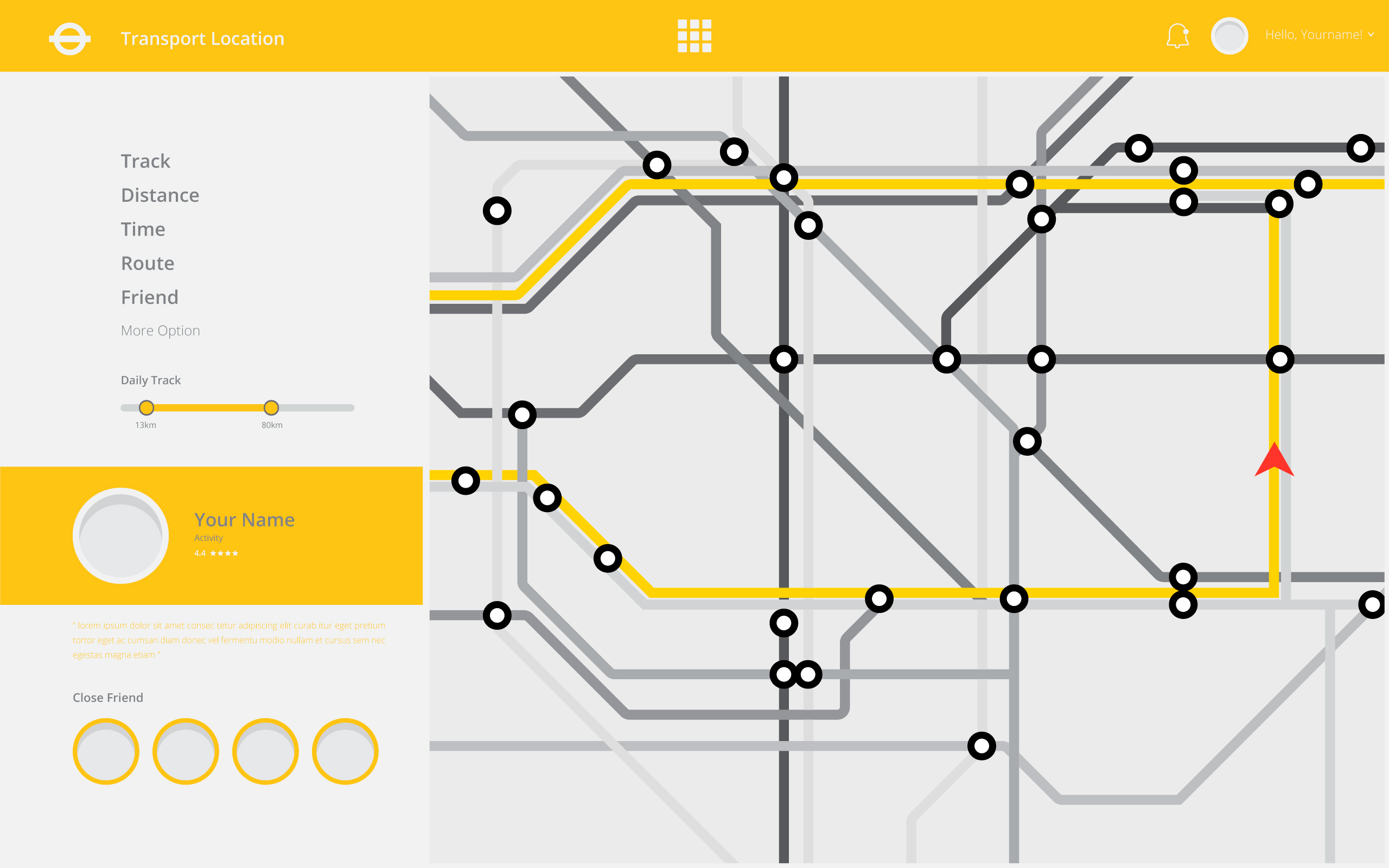
However, even styles like Krav Maga have open-handed techniques included. A closed fist is vulnerable to injury to the person striking and may or may not be effective against the other.Ĭombat-style martial arts tend to have multiple closed fists techniques intended to harm the opponent severely. One thing is that in these situations, the body can be unpredictable in its motion and strength without training. Even without training in martial arts, people have seen it enough times that doing so seems natural and effective. Often, in emotionally charged situations, people untrained people will automatically put up their fists.
#Metro webmap professional
Professional studios may vary in their styles, and some exceptional studios offer mixed martial arts training that will include both open and closed hand techniques. In digging a little deeper and drilling down on the breakdown of closed fists and open hand combat, it is found that open-handed techniques may have significantly greater possibilities. After all, most movies portray that as the most powerful way to strike an opponent and cause harm or injury. Luckily, earthpy has a function to do just this! You can put the array in es.bytescale and it will take the values and scale them from 0 to 255 for you.Without much thought, it may seem obvious that using one’s fists in a threatening confrontation would be most effective. This makes the data of type uint8, which is necessary to plot properly in folium. The next thing we must do is scale the data to only contain values from 0 to 255. In this case, you can replace those values with the minimum value in the image, but you can replace them with whatever values you see fit to best visualize your data. The first thing you must do is replace all the nan values that rioxarray used to mask out areas with no data. Prepare Raster for Plottingįolium is powerful, but you still need to prepare the raster before you can plot it. In this example, you will use a raster for a post-flood digital terrain model (DTM) in the Northwest Boulder area: post_DTM.tif. You can use the rioxarray package, which you imported as rxr, to project a raster. Thus, to overlay a raster on a basemap, you first need to project the raster to WGS84 (EPSG 4326). To overlay data on web-based basemaps, the overlay data needs to be in the WGS84 coordinate system ( see this link for more information on this coordinate system). The default coordinate system and projection for web-based basemaps is WGS84 Web Mercator. You can also overlay rasters on folium basemaps. You will learn more about using APIs later in this course.įor this lesson, you simply need to know that the basemaps that you will access to create your interactive maps come from APIs that are provided by various organizations such as OpenStreetMap, MapBox, Stamen, Google, etc. Often, you access data from web-based APIs using a URL that contains sets of parameters that specifies the type and particular subset of data that you are interested in. Thus, web APIs are a way to avoid the extraneous visual interfaces that you do not need and get the desired data into the tool that you want to use. What is an API?Īn API (or application programming interface) is an interface that opens a computer-based system to external requests and simplifies certain tasks, such as extracting subsets of data from a large repository or database.įor example, web-based APIs allow you to access data available using web-based interfaces that are separate from the API that you are accessing. You can find more information on the Github page for this package.
#Metro webmap free
If you are interested in exploring mapboxgl on your own, note that the MapBox Access token is free to use, but does require making an account with MapBox.

One major difference between the two packages is that mapboxgl requires a MapBox Access Token. This lesson will focus on folium, which has been around longer than mapboxgl and thus, is well-documented by the Python community. Both of these packages are build on top off the JavaScript library called leaflet.js. There are two great Python packages for creating interactive maps: folium and mapboxgl. Can be seamlessly integrated into Jupyter Notebooks.

Are more engaging for viewers than static maps.Interactive Maps are useful for earth data science because they: Overlay a raster on an interactive map created with Folium.Create interactive map in Jupyter Notebook using the Folium package for Python.


 0 kommentar(er)
0 kommentar(er)
